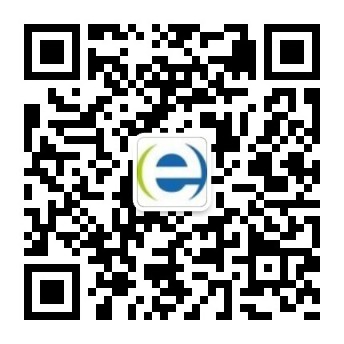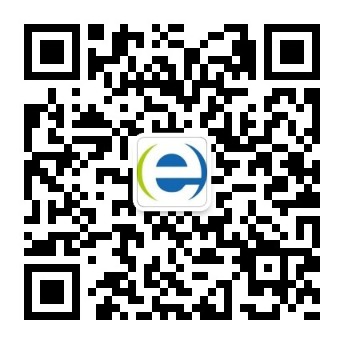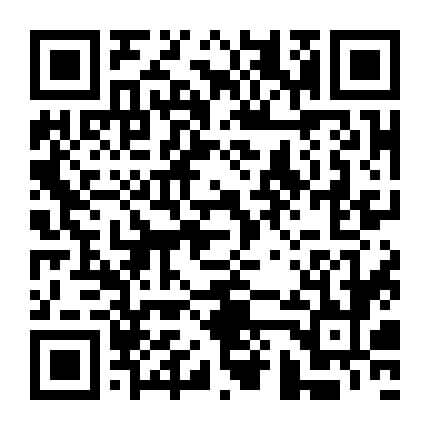2017年浙江大学考博英语真题
- 1
- 2
- 3
摘要:希赛网英语考试频道为大家分享“2017年浙江大学考博英语真题”,更多考博英语相关信息,请关注希赛网英语考试频道。
“2017年浙江大学考博英语真题”小编正在努力更新中,请关注希赛网英语考试频道,以下为考博英语预测题库精选试题。
Many theories concerning the causes of juvenile delinquency (crimes committed by young people) focus either on the individual or on society as the major contributing influence. Theories 61 on the individual suggest that children engage in criminal behavior 62 they were not sufficiently penalized for previous misdeeds or that they have learned criminal behavior through 63 with others. Theories focusing on the role of society suggest that children commit crimes in 64 to their failure to rise above their socioeconomic status, 65 as a rejection of middle-class values. Most theories of juvenile delinquency have focused on children from disadvantaged families, 66 the fact that children from wealthy homes also commit crimes. The latter may commit crimes 67 lack of adequate parental control. All theories, however, are tentative and are 68 to criticism.
Changes in the social structure may indirectly 69 juvenile crime rates. For example, changes in the economy that 70 to fewer job opportunities for youth and rising unemployment 71 make gainful employment increasingly difficult to obtain. The resulting discontent may in 72 lead more youths into criminal behavior. Families have also 73 changes these years. More families consist of one-parent households or two working parents ; 74 ,children are likely to have less supervision at home 75 was common in the traditional family 76 . This lack of parental supervision is thought to be an influence on juvenile crime rates. Other 77 causes of offensive acts include frustration or failure in school,the increased 78 of drugs and alcohol, and the growing 79 of child abuse and child neglect. All these conditions tend to increase the probability of a child committing a criminal act, 80 a direct causal relationship has not yet been established.
61. A. acting B. relying C. centering D. commenting
62. A. before B. unless C. until D. because
63. A. interaction B. assimilation C. cooperation D. consultation
64. A. return B. reply C. reference D. response
65. A. or B. but rather C. but D. or else
66. A. considering B. ignoring C. highlighting D. discarding
67. A. on B. in C. for D. with
68. A. immune B. resistant C. sensitive D. subject
69. A. affect B. reduce C. chock D. reflect
70. A. point B. lead C. come D. amount
71. A. in general B. on average C. by contrast D. at length
72. A. case B. short C. turn D. essence
73. A. survived B. noticed C. undertaken D. experienced
74. A. contrarily B. consequently C. similarly D. simultaneously
75. A. than B. that C. which D. as
76. A. system B. structure C. concept D. heritage
77. A. assessable B. identifiable C. negligible D. incredible
78. A. expense B. restriction C. allocation D. availability
79. A. incidence B. awareness C. exposure D. popularity
80. A. provided B. since C. although D. supposing
考博英语自学神器:浙江大学-希赛学习包
版权辅导教材+推荐自学计划+在线智能题库+知识点练习+入群共同学习+1-2年服务期
考博英语培训课程:浙江大学-希赛课程
结合历年考试真题,辅以相关理论知识,以轻松、简化的语言教授,让学生迅速掌握知识点及做题技巧。
小编推荐:
素材来源:网络
延伸阅读
- 福建医科大学2026年招收全日制博士研究生简章
- 复旦大学基础医学院2026年博士研究生招生“申请-考核”制选拔办法
- 中国地质科学院2026年博士研究生招生简章
- 中国电力科学研究院2026年博士研究生招生简章
- 上海交通大学与宁波东方理工大学2026年联合培养博士生招生简章
- 复旦大学2026年少数民族高层次骨干人才计划博士研究生报名须知

考博英语微信公众号

了解更多考试动态
考博英语备考资料免费领取
去领取

根据120+院校真题,整理出考博英语历年真题和模拟试题训练,助力快速备考。
- 1
- 2
- 3
 专注在线职业教育24年
专注在线职业教育24年






 扫描二维码
扫描二维码
 扫描二维码
扫描二维码








